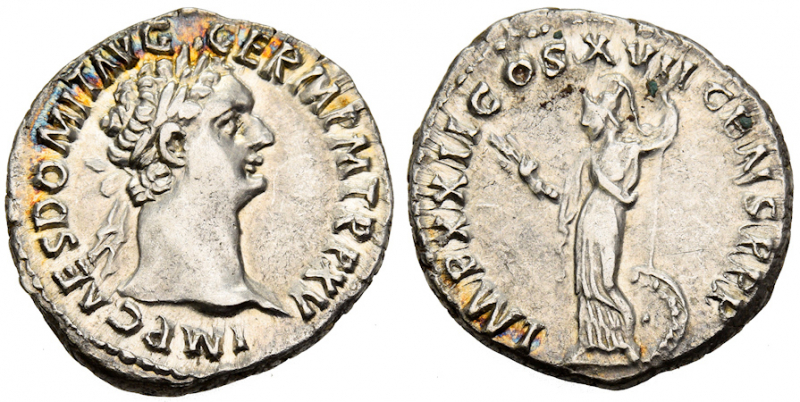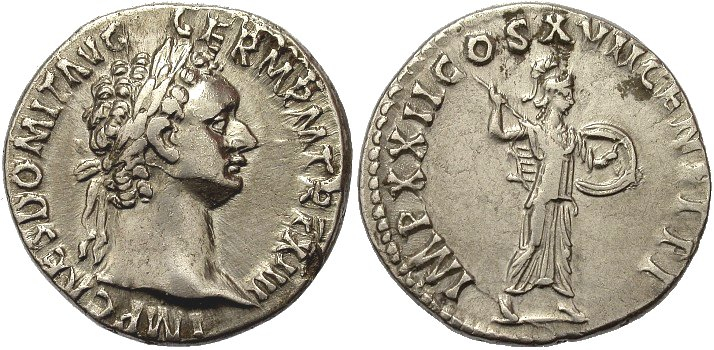He strengthened the economy by revaluing the Roman coinage
Another interesting fact about Domitian is that he strengthened the economy by revaluing the Roman coinage. For the majority of Roman history, coinage was made of gold, silver, bronze, orichalcum, and copper. From its inception in the Republic in the third century BC to Imperial times, the Roman currency underwent numerous changes in form, denomination, and composition. Over the centuries, one recurring feature was the inflationary debasement and replacement of coins. Notable examples of this followed Diocletian's reforms. This pattern persisted throughout Byzantine times.
Domitian's proclivity for micromanagement was most visible in his financial policy. The topic of whether Domitian died with the Roman Empire in debt or with a surplus has been hotly disputed. For the majority of Domitian's reign, the evidence pointed to a balanced economy. Upon his ascension, he significantly devalued the Roman currency.
He increased the silver purity of the denarius from 90% to 98%, resulting in an increase in silver weight from 2.87 grams to 3.26 grams. Due to a financial crisis in 1985, the purity and weight of silver were reduced to 93.5% and 3.04 grams, respectively. Nonetheless, the new values were higher than those maintained by Vespasian and Titus during their reigns. Domitian's strict taxation strategy assured that this level was upheld for the next eleven years. The quality of coinage during this era is extremely constant, with precise adherence to Domitian's titulature and polished artwork on the reverse portraits.










